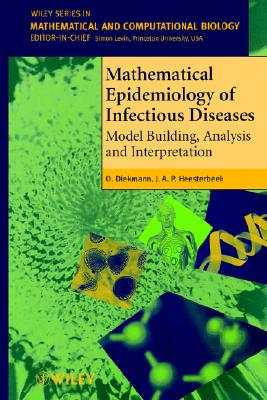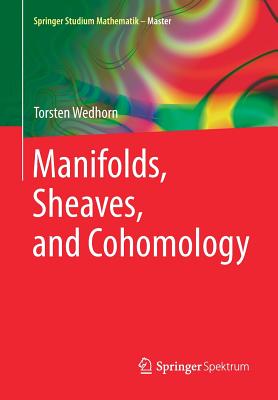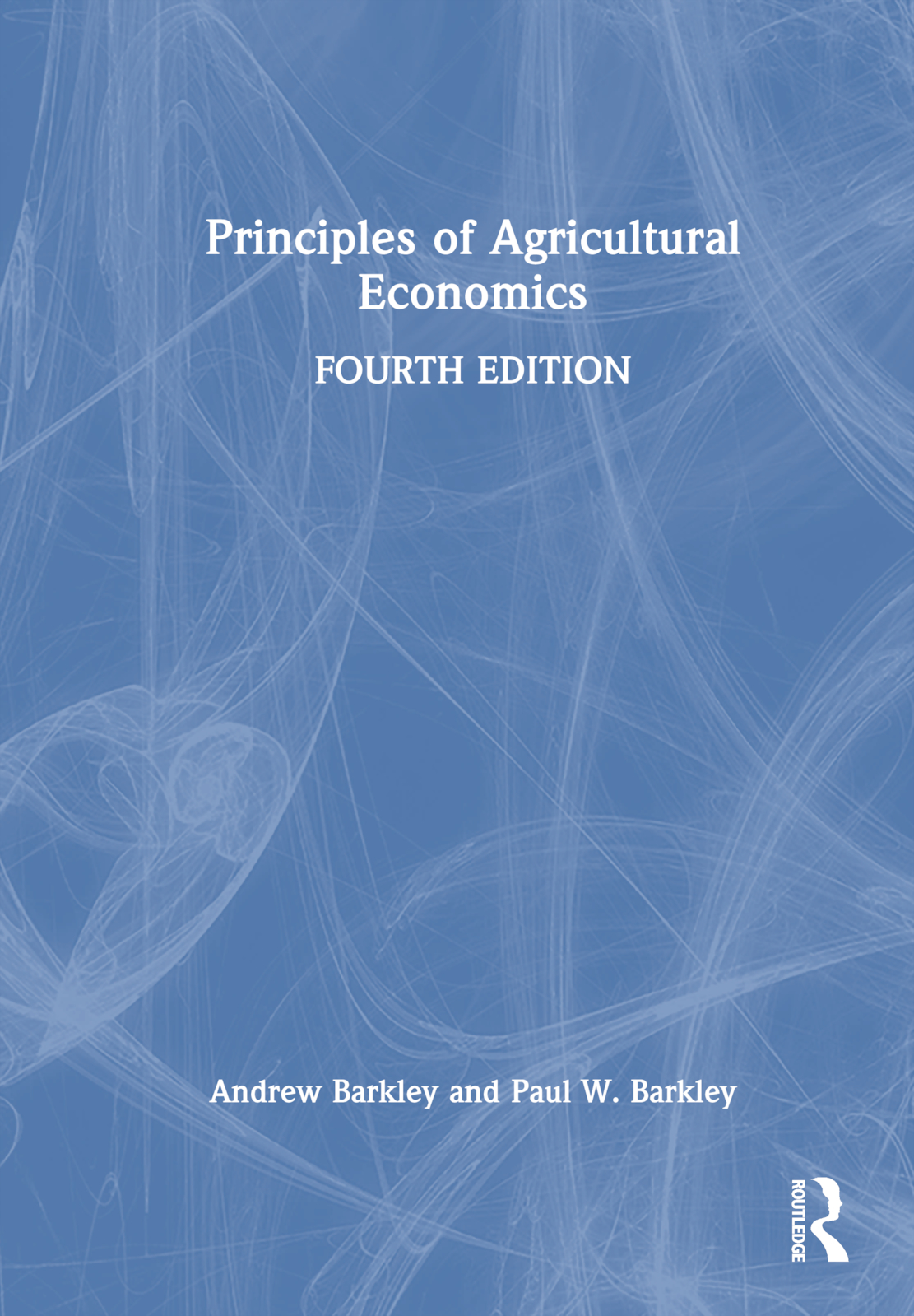
Mathematical Epidemiology of Infectious Diseases - Model Building, Analysis & Interpretation(Wiley Series in Mathematical & Computational Biology)
流行病学售 价:
¥
1495.00
发货周期:预计3-5周发货
- 图书详情
- 目次
- 买家须知
- 书评(0)
- 权威书评(0)
图书简介
Mathematical Epidemiology of Infectious Diseases Model Building, Analysis and Interpretation O. Diekmann University of Utrecht, The Netherlands J. A. P. Heesterbeek Centre for Biometry Wageningen, The Netherlands The mathematical modelling of epidemics in populations is a vast and important area of study. It is about translating biological assumptions into mathematics, about mathematical analysis aided by interpretation and about obtaining insight into epidemic phenomena when translating mathematical results back into population biology. Model assumptions are formulated in terms of, usually stochastic, behaviour of individuals and then the resulting phenomena, at the population level, are unravelled. Conceptual clarity is attained, assumptions are stated clearly, hidden working hypotheses are attained and mechanistic links between different observables are exposed. Features: Model construction, analysis and interpretation receive detailed attention Uniquely covers both deterministic and stochastic viewpoints Examples of applications given throughout Extensive coverage of the latest research into the mathematical modelling of epidemics of infectious diseases Provides a solid foundation of modelling skills The reader will learn to translate, model, analyse and interpret, with the help of the numerous exercises. In literally working through this text, the reader acquires modelling skills that are also valuable outside of epidemiology, certainly within population dynamics, but even beyond that. In addition, the reader receives training in mathematical argumentation. The text is aimed at applied mathematicians with an interest in population biology and epidemiology, at theoretical biologists and epidemiologists. Previous exposure to epidemic concepts is not required, as all background information is given. The book is primarily aimed at self-study and ideally suited for small discussion groups, or for use as a course text.
本书暂无推荐
本书暂无推荐















